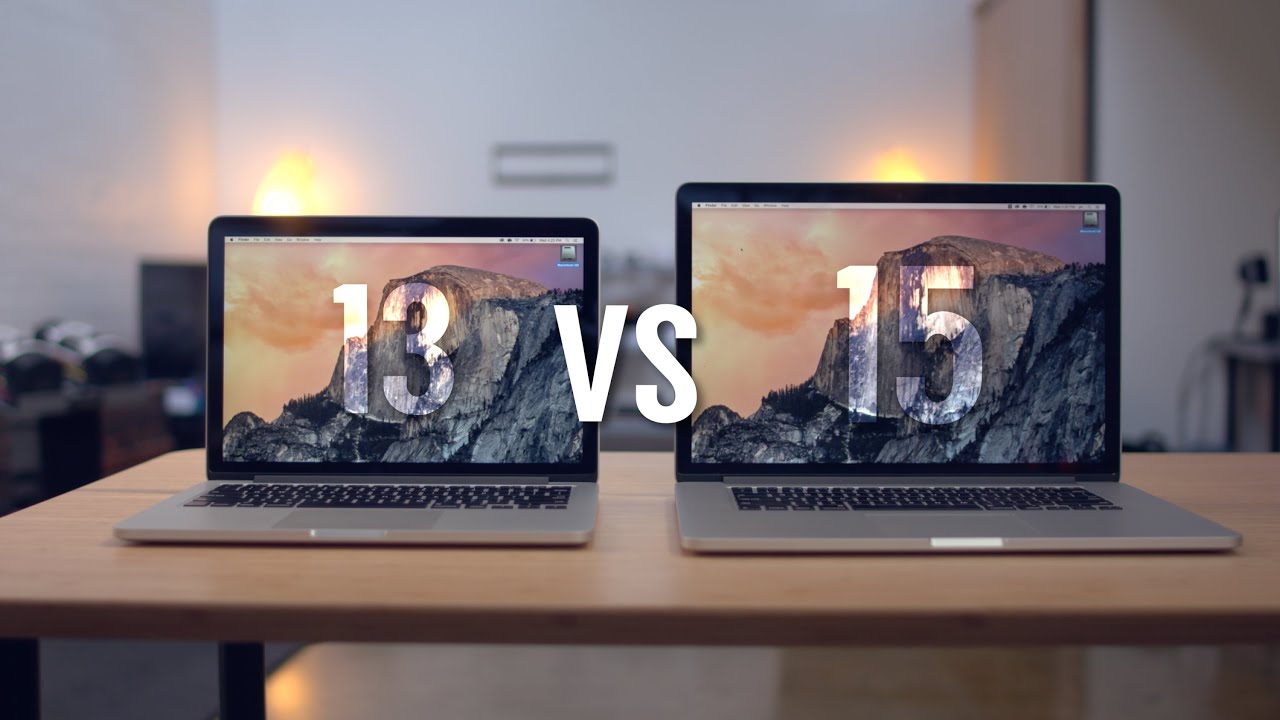Laptops today have evolved from simple portable computers to devices that can substitute for phones, projectors, tablets, secondary screens, and much more. For productivity, many people look to laptops for numerous work-related tasks such as editing and making videos, illustrations, coding, and making full use of Microsoft Office. In cases like these, laptop’s phenotypical features play a big part in a customer’s buying choice. Particularly, the screen size. 13-inch and 15-inch screens have their quirks and we’re here to guide you on what you’d want to look out for when making your choice.
Regardless of the screen size, to use your machine to its full potential and get your networking up to speed, you’d need a viable internet connection. CenturyLink is one of the leading telecommunications providers that not only sets you up with the best deals but also with the latest Wi-Fi tech, it makes sure your laptop gets nothing less than the best in terms of speed and service.
CPU
Let’s start with the brains of any machine; the CPU. Having plenty of cerebral juice makes sure that your machine has a smooth transition between apps while multitasking and can take a good load of processing in one go.
It makes sense to always buy a laptop with good processing power and when it comes down to a smaller 13-inch or a larger 15-inch since their CPU options can be different, you might want to go with a bigger-bodied machine. i7 processors and/or above can easily fit and stay cool inside a 15-inch but this may not always be the case with their smaller counterparts. If high-end CPUs are a priority for your workflow, we’d recommend the bigger brothers.
Portability
The 13-inch is an undisputed champion in this niche. Portability is a strong factor to consider when talking about people who work remotely or are always on the go. 15-inch laptops are generally quite bulky and not the most comfortable option when traveling. Especially when you have to lug around the machine at airports and public places.
Their 13-inch variants though are a pleasure to take along with, as their small form factor is perfect to be placed anywhere and resume your work. They also fit snugly inside bags of all sorts and don’t demand specific laptop-oriented carry-on items.
GPU
Another power factor is that of the GPU. This is where the graphics pop in. If you’re someone who frequently deals with media files (edits and composing) then you’d want to pay special emphasis here. The GPU is also used to pump through snappy feedback and brilliant viewing when playing games all while keeping lag to a minimum or none at all.
Now, GPUs require a good deal of space because of their dedicated tasks and that is why many 13-inch laptops either skip over it or don’t have it included in their stock models. 15-inch models though, especially the RGB-centric ones usually support and sport a GPU. 15-inch screens are required to focus on the more in-depth video development and it’s no use spending the extra bucks on a bigger machine if it can’t handle a GPU inside it.
Storage
Again, this is something that’s up to the user’s discretion and neither body sizes are particularly ahead of the other. A typical laptop storage size can vary from 128 Gb all the way up to 1, 2, or even 4 Tb. But honestly, you’d want to aim for the sweet spot; one that doesn’t cost you an outrageous amount of money to install in the hardware and is also plenty enough to last you for years.
This typically boils down to the usual memory being 512 or 1 Tb, which both laptops can handle easily. Expandable memory is another topic though and if you’re looking for a machine that can perhaps handle two separate memory drives or have their stock drive as expandable then you may find that option more readily available in the 15 inch.
Price
The biggest deciding factor for at least 90% of you people out there. Including us. If it’s not already obvious, then we’re here to say that the 13-inch is often lower priced than its bigger variants. And with good reason! Having less surface area to volume ratio, lighter weight and less bulky specs cut the price range down a decent amount for the smaller-sized laptops.
If you’re not looking for maxed-out CPUs or GPUs then a 13-inch would be a no-brainer. Snagging a deal on a 13-inch during the Christmas season can bring even the most premium laptops well below a thousand dollars. A price range where 15-inch models would dare not swoop down.
Conclusion
That’s a wrap on our short, informative, and, hopefully, concise comparison between 13 and 15-inch machines. If you’re looking to replace your older device with a more updated one or are excited to get a brand new first laptop for yourself, do go over our review to decide what screen size would suit you best. In any case, laptops are a need of the hour and one should always spend a little to have a well-powered machine alongside them during work or otherwise.
